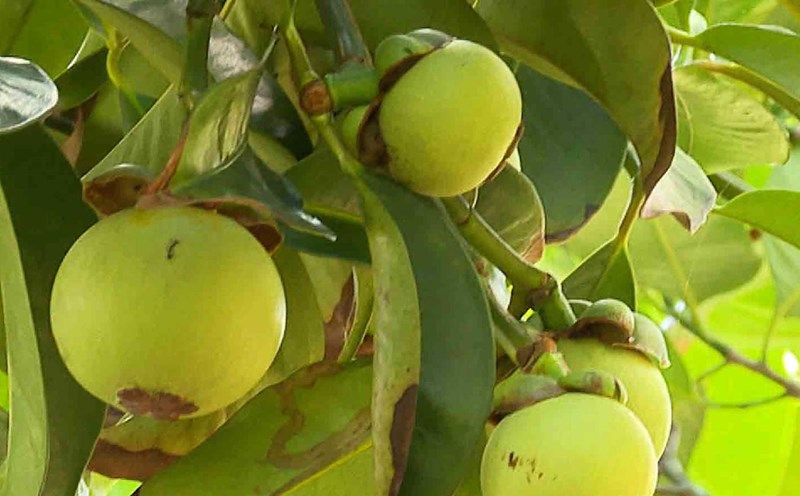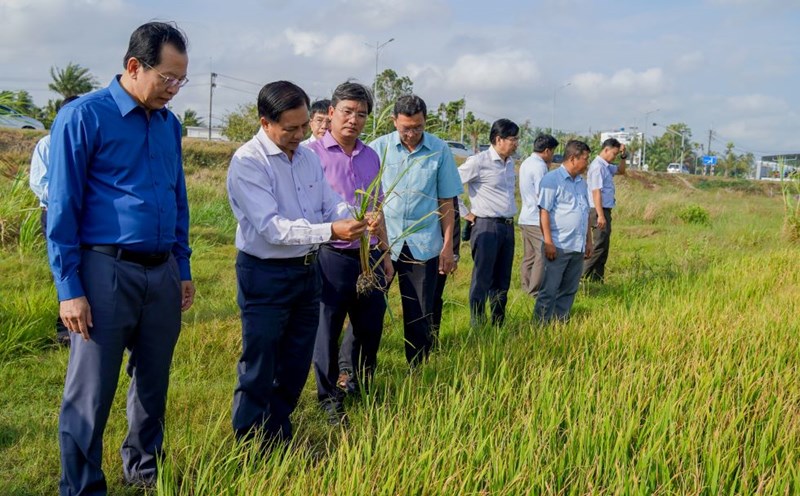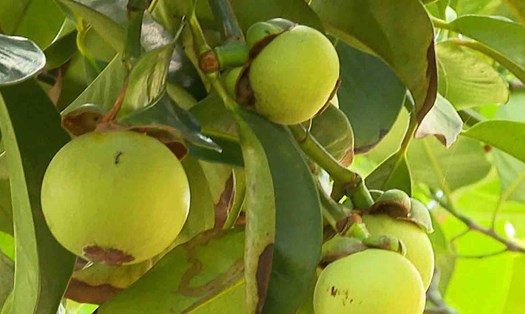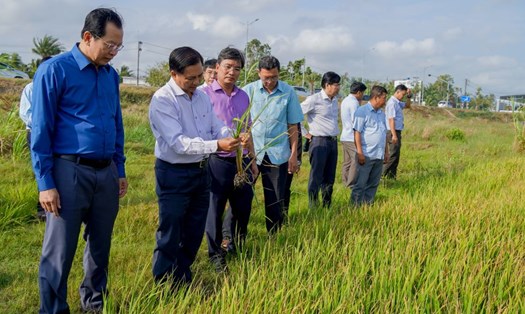Positive signals for the Mekong Delta at the end of the dry season
According to the National Center for Hydrometeorological Forecasting, the situation of saline intrusion in big river estuaries in the Mekong Delta is tending to decrease in the last days of April. The water level at the watershed stations such as Tan Chau (Tien River) and Chau Doc (Hau River) reached about 1.45 -1.65m - higher than the average of the same period in the same period. This is a positive factor that helps the flow from upstream have the ability to push salinity to the sea.
The Southern Institute of Water Resources Research believes that saline intrusion at the Mekong River mouths has reached its peak, and it is forecasted that from now until the end of April 2025, the flow from upstream to the Mekong Delta will increase sharply, and saline intrusion will tend to decrease. Within a distance from the sea of 30-40km or more, there is a possibility of frequent fresh water appearance, which is favorable for irrigation works to collect water, especially during low tides. In particular, saline intrusion at the mouths of Vam Co and Cai Lon rivers will increase from April 27 to May 1, and from May 1, saline intrusion will gradually decrease.
The salinity intrusion situation in the Mekong Delta still depends on water sources from the upper Mekong River and will fluctuate in the coming time.
Speaking with Lao Dong, a representative of the Department of Irrigation Works Management and Construction (Ministry of Agriculture and Environment) said that the department is still coordinating with scientific service units under the ministry to strengthen monitoring of information on the upstream of the Mekong River and will continue to update water source developments and assess the situation of water resources and salinity intrusion in the coming time.
Flexible response
In Ben Tre, the irrigation system has been closed. The sluices in Ba Tri, Mo Cay Nam and Cho Lach districts have controlled salinity to protect production safety for 8,400 hectares of agricultural land, provide domestic water to serve 92,000 people and 40,000 livestock; improve land, improve the environment, stabilize the lives of residents in key economic areas of the province.
Soc Trang - a place that was once strongly affected by salinity, this year recorded a significant decrease in damaged rice areas. Thousands of hectares of fruit trees in Ke Sach district, Chau Thanh have been protected from saline intrusion thanks to the Rach mop boat lock culvert under the Hau River South Bank Water Control Project. The project has an investment capital of more than 500 billion VND, a water clearance width of 85m, and an automatic monitoring and supervision system. When the salinity in front of the sewers exceeds 2g/l, the valve doors will automatically close to protect the fresh water inside.
According to the Department of Agriculture and Environment of Soc Trang province, despite the complicated situation of saline intrusion and high tides of salinity intrusion, the situation has been controlled thanks to good forecasting and timely operation of salinity sluices.
In Tien Giang province, the sewer system along the Tien River has also promoted the effectiveness of preventing salinity and storing fresh water before the 2024-2025 dry season.
To ensure water resources for agricultural production and people's lives after the peak period of saline intrusion, the Department of Irrigation Construction and Management has also proposed that the Department of Agriculture and Environment of provinces and cities in the Mekong Delta continue to strengthen the operation of irrigation works to collect water for agricultural production and people's lives in the Mekong Delta.
Strengthen close monitoring of information on water supply and salinity intrusion forecasts provided by specialized and scientific agencies under the Ministry of Agriculture and Environment.
At the same time, there is a plan to organize the operation of irrigation works within a distance of 30km or more from the sea to take advantage of irrigation water for crops and people's lives, wash the system, store water, serve sowing for the 2025 Summer-Autumn rice crop; other areas if irrigation works have not yet proactively ensured saltwater intrusion control, need to pay attention to waiting until the rainy season to organize sowing. Continue to strengthen communication and dissemination of information about water resources and freshwater times on mass media so that people and related organizations can proactively collect and store water.











